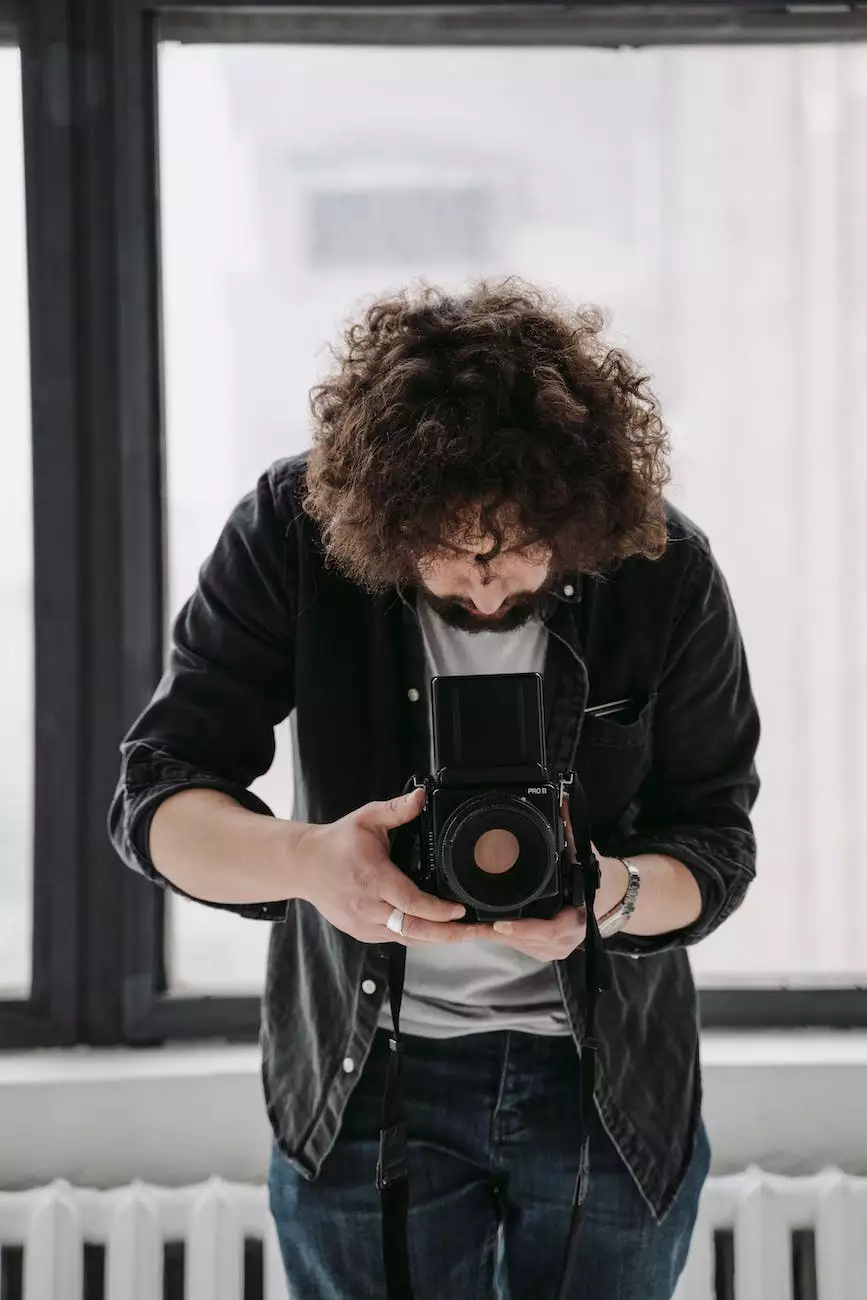Hair Plugs? No Thank You.

The Drawbacks of Hair Plugs
Hair plugs, once a popular choice for hair restoration, have lost their favor in recent years due to several drawbacks involved in the procedure. Understanding these drawbacks is essential for individuals considering hair restoration options.
1. Unnatural Appearance
One of the primary concerns with hair plugs is the unnatural appearance they often result in. The outdated technique involves transplanting large, round grafts that contain several hair follicles, creating a patchy and artificial look. This can be especially noticeable when the hairline is restored unnaturally or when the grafts are not distributed evenly.
2. Uncomfortable Procedure
The procedure of hair plug transplantation can be uncomfortable for patients. It involves the removal and placement of large grafts, resulting in more invasive surgery compared to modern hair restoration techniques. Discomfort during and after the surgery may deter individuals from pursuing the procedure.
3. Risk of Infection
Due to the nature of the hair plug procedure, there is an increased risk of infection. Since large grafts are transplanted, the healing process may take longer, allowing bacteria to enter the site and cause an infection. This can lead to complications and undesirable outcomes.
4. Limited Donor Supply
Hair plugs rely on the availability of an adequate donor supply from the patient's scalp. However, this may pose a challenge for individuals with advanced hair loss or limited donor hair. Hair restoration needs to account for future hair loss, and hair plugs may not be the most suitable option for those with limited donor supply.
Alternative Hair Restoration Techniques
Fortunately, advancements in the field of hair restoration offer alternative techniques that provide natural-looking results without the drawbacks associated with hair plugs. These techniques include:
1. Follicular Unit Extraction (FUE)
Follicular Unit Extraction (FUE) is a minimally invasive hair restoration technique that involves the extraction of individual hair follicles from a donor area and their transplantation to the recipient site. FUE allows for precise placement, resulting in a more natural appearance and quicker recovery time compared to hair plugs.
2. Platelet-Rich Plasma (PRP) Therapy
Platelet-Rich Plasma (PRP) therapy is a non-surgical treatment that utilizes the patient's own blood plasma enriched with growth factors to stimulate hair growth. This innovative approach can be used alongside other hair restoration techniques to promote better results and accelerate the healing process.
3. Scalp Micropigmentation (SMP)
Scalp Micropigmentation (SMP) is a non-invasive method that replicates the appearance of natural hair follicles using specialized pigments. This technique is suitable for individuals experiencing hair thinning or minor pattern baldness. SMP can create the illusion of denser hair, providing an effective solution.
Trust Dr. Arthur F. Smith, MD for Hair Restoration
When it comes to hair restoration, it's crucial to consult a trusted specialist who understands the complexities of hair loss and offers the latest advancements in the field. Dr. Arthur F. Smith is a renowned hair loss specialist dedicated to providing patients with personalized treatment options tailored to their individual needs.
Dr. Smith's expertise extends beyond hair plugs, ensuring you have access to the most effective techniques available in the field of hair restoration. With his extensive knowledge and commitment to patient satisfaction, you can confidently explore alternatives to hair plugs and find the right solution for your unique hair loss concerns.
Don't let hair plugs deter you. Contact Dr. Arthur F. Smith, MD today and unlock the possibilities for natural-looking hair restoration.




